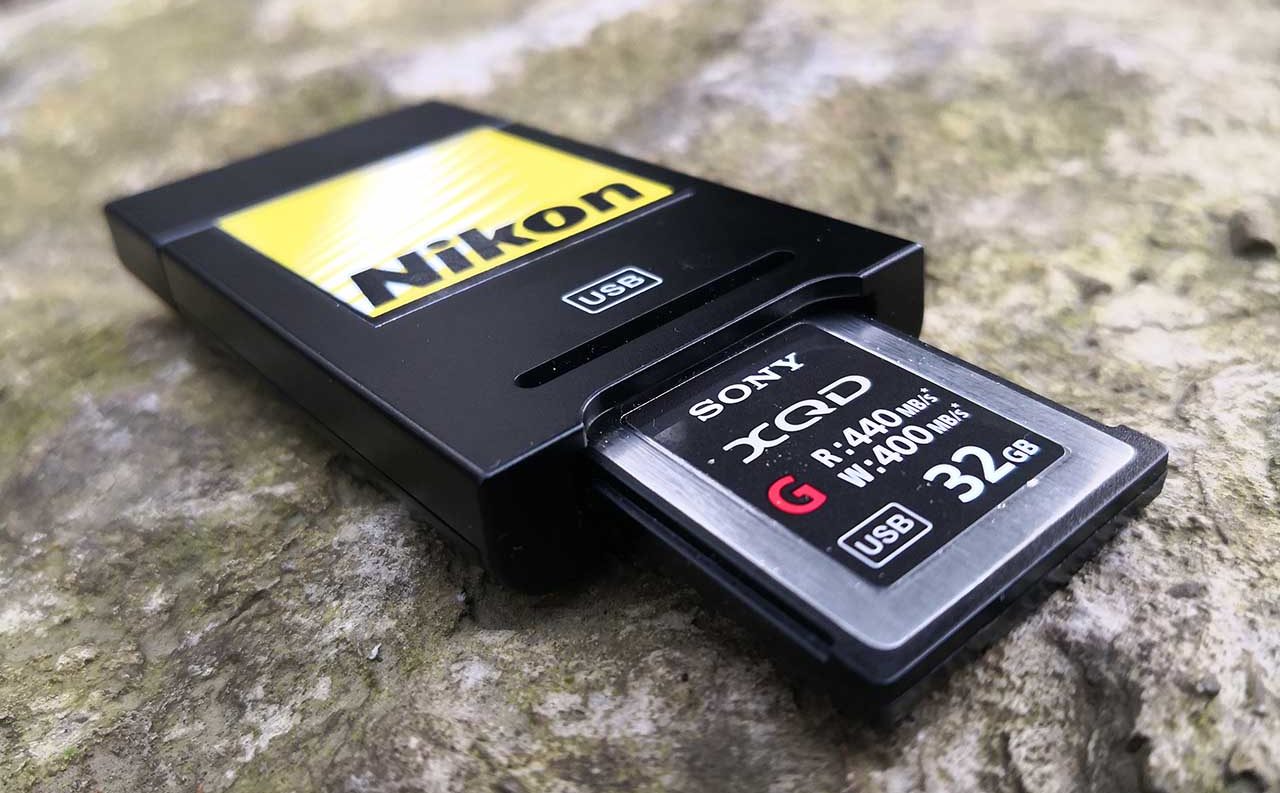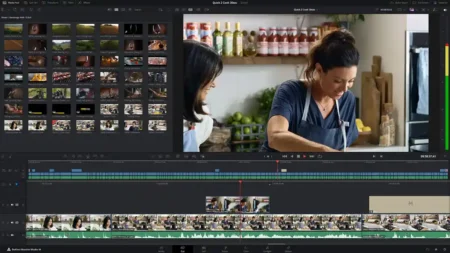What is an XQD card?
XQD is a memory card format that was developed earlier this decade as a successor to CompactFlash cards. XQD cards are designed for professional uses, such as recording video or shooting sequences of images in your camera’s burst mode.
In essence, XQD cards offer the complete package of fast read and write speeds together with high storage capacities. As sensor resolution improves and image and video file sizes grow larger, the need for faster cards with higher storage capacities has become imperative.
If you shoot video, or if you photograph sports, news or other fast-moving events, XQD is the memory card format for you.
Which cameras use XQD memory cards?
There are only a handful of cameras that currently accept XQD memory cards, but the new format is starting to catch on. Nikon has been the biggest adopter to date. The Nikon D4, D4s, D5, D500, D850 and new Z6 and Z7 mirrorless cameras all use XQD cards.
Sony’s FS7 also uses the the format, as do the three cameras in the Phase One XF IQ4 system. What’s more, Panasonic’s full-frame S1 and S1R will accommodate XQD cards.
What is the difference between XQD and SD cards?
SD cards are the more ubiquitous memory format and every compact and interchangeable lens camera will accept them. But if you are a professional or have specific needs, they aren’t the best memory card for the job.
The main difference between XQD and SD cards is speed. The best XQD cards at the time of writing are offering read and write speeds in excess of 400MB/s. SD cards don’t come close to that.
While SD cards have the potential for greater speed, the cards on sale at moment top-out about 300MB/s. Meanwhile Sony G Series XQD cards hit read/write speeds of 440/400MB/s. Both card types have the potential to be much faster, but XQD cards are set to win in the future as well.
Whether you’re shooting sports or simply bracketing a set of images, XQD cards will clear the buffer faster than SD cards. Not only does this mean you work faster, but you’re also not missing shots while waiting for your camera.
Storage size is the other main difference between XQD and SD cards. We’ve already seen 1TB XQD cards announced in the past year, and no doubt we’ll soon see 2TB or even 4TB capacities. The maximum capacity currently available from any SD card is 512GB.
XQD cards are also proven to be very reliable and rarely fail. Their thicker shell makes them shock-proof, magnet-proof and dust-proof. They’re robust, durable and are designed for daily use.
For more on this, we spoke to Nikon about its decision to opt for XQD over SD cards in the Z7 and Z6 cameras.

Sony G-Series XQD Card
- 440MB/s read speed
- 400MB/s write speed
Sony’s G-Series card is one of the fastest XQD cards you can buy today, and it’s price reflects it. But this card was designed for professional users and can meet the needs of those shooting high-resolution, 4K content.
This Sony G-Series XQD card can also record up to 200 frames in raw format when shooting in your camera’s burst mode. It can also survive shok, magnets, X-Rays, UV light, static electricity and pretty much anything you can throw at it.
Capacities are available in 32GB, 64GB, 128GB and 256GB, and the cards come with free file rescue software.
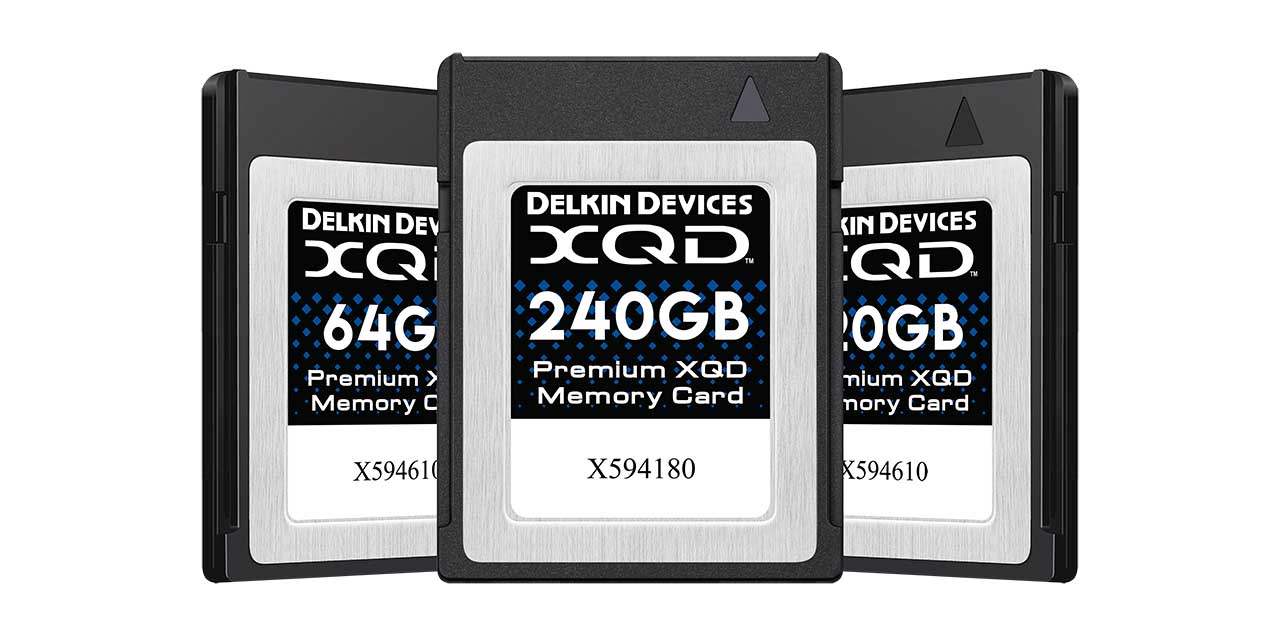
Delkin Premium XQD Card
- 440MB/s read speed
- 400MB/s write speed
Launched just at the end of the summer, Delkin’s new XQD card range matches the other top options on our best XQD cards list with write speeds up to 400MB/s and read speeds of up to 440MB/s. The Delkin cards are designed for recording high-resolution content in burst modes, including DCI 4K and Full HD video at 180fps, as well as raw still images.
What’s more, Delkin’s Premium 2933X cards are serialised and users can register their cards at Delkin’s website to ensure a lifetime warranty.
In addition to their “Lifetime Warranty” policy, Delkin also offers a built-in insurance policy for their XQD memory cards, called their “48 Hour, No-Questions-Asked Replacement Guarantee.”
Under this agreemet, Delkin will replace any non-working XQD card within 48 hours or less (not including weekends), prior to receiving your non-working card. Cards can also be replaced over-the-counter at any authorised Delkin XQD reseller.
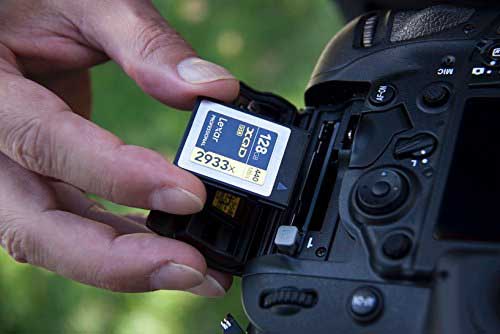
Lexar Professional 2933x XQD Card
- 2933x (440MB/s) read speed
- 400MB/s write speed
Like the other cards on this list of best XQD cards, Lexar’s Professional range is fast and rugged. Like the Sony G-Series, it promises read speeds of up to 440MB/s and write speeds at up to 400MB/s.
Lexar says its cards are resistant to water, temperature, shock and more common hazards, but just in case you also get a free copy of the company’s Image Rescue software.
Capacities range from 32GB, 64GB, 128GB and 256GB.
Now, a caveat. The future of Lexar’s XQD cards are uncertain. Lexar was acquired last year, a number of retailers ran out of stock. Lexar announced it would be producing more by summer 2018.
Summer turned to winter and we are still awaiting stock, but Lexar still insists it will come. In the meantime, you can still find these durable XQD cards on eBay and other places.
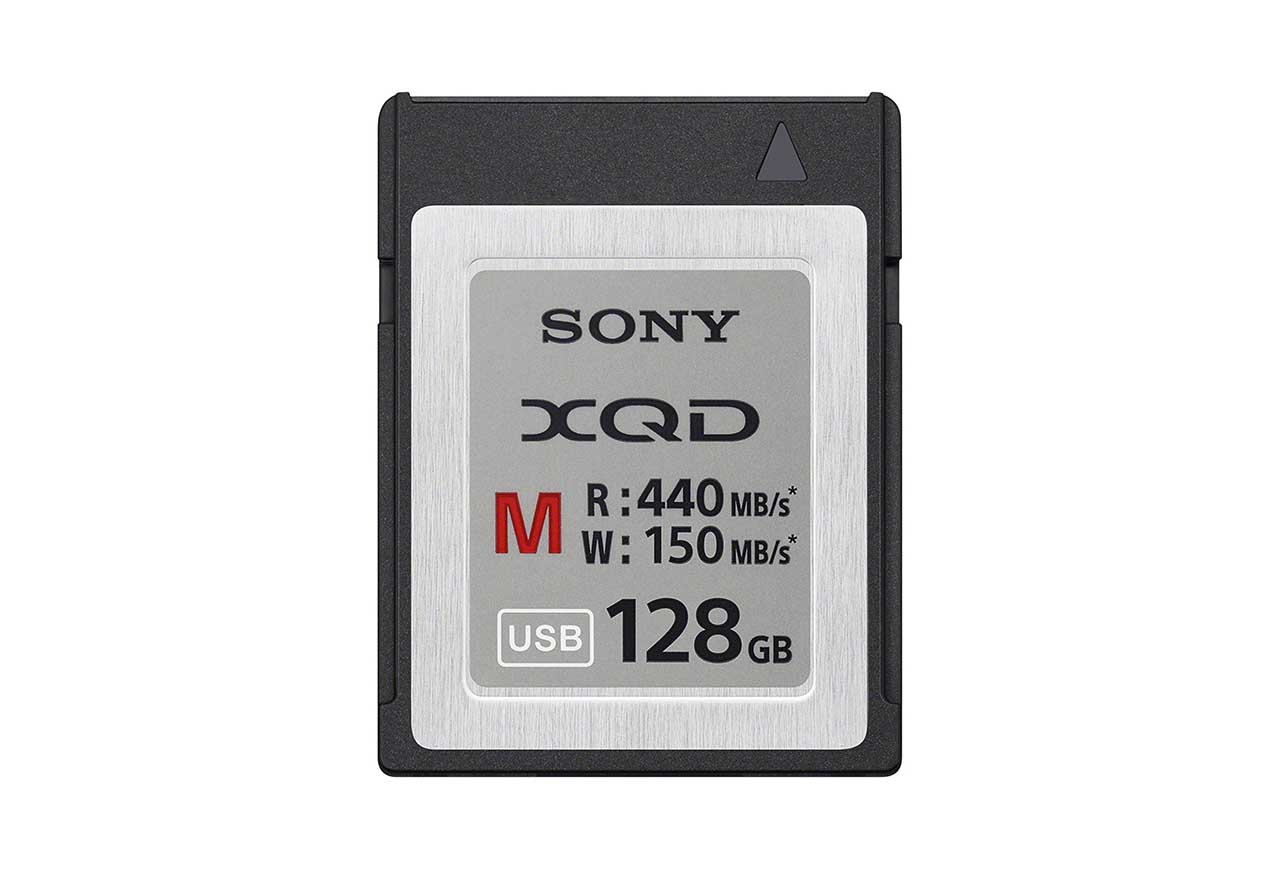
Sony M-Series XQD Card
- 440MB/s read speed
- 150MB/s write speed
Sony’s M-Series XQD cards are a bit more affordable than its high-end G-Series range, but that comes at the cost of a slower write speed than the G-Series’ 400MB/s.
That said, at 150MB/s (for the 64GB and 128GB capacities; the 32GB option is 80MB/s), the M-Series cards are no slouch and will still outperform your SD cards.
What’s more, read speeds are 440MB/s, just like the G-Series. An exclusive controller also provides wear-levelling technology, error correction and a read/refresh function for stable data reading and recording.
Like the other cards on our best XQD cards list, Sony also provides free file rescue software for download with every purchase.
Nikon 64GB MC-XQ64G XQD card
Available in both 64GB and 120GB capacities, Nikon’s own-brand XQD cards offer write speeds of up to 400MB/s and read speeds of up to 440MC/s.
Launching its own branded XQD cards seemed a natural next step for Nikon after going all in on the format with its mirrorless Z series full-frame cameras. Both the Z6 and Z7 have a single XQD card slot, while the Nikon D850, D5, D4s and D4 DSLRs also support XQD cards.
Best XQD card reader
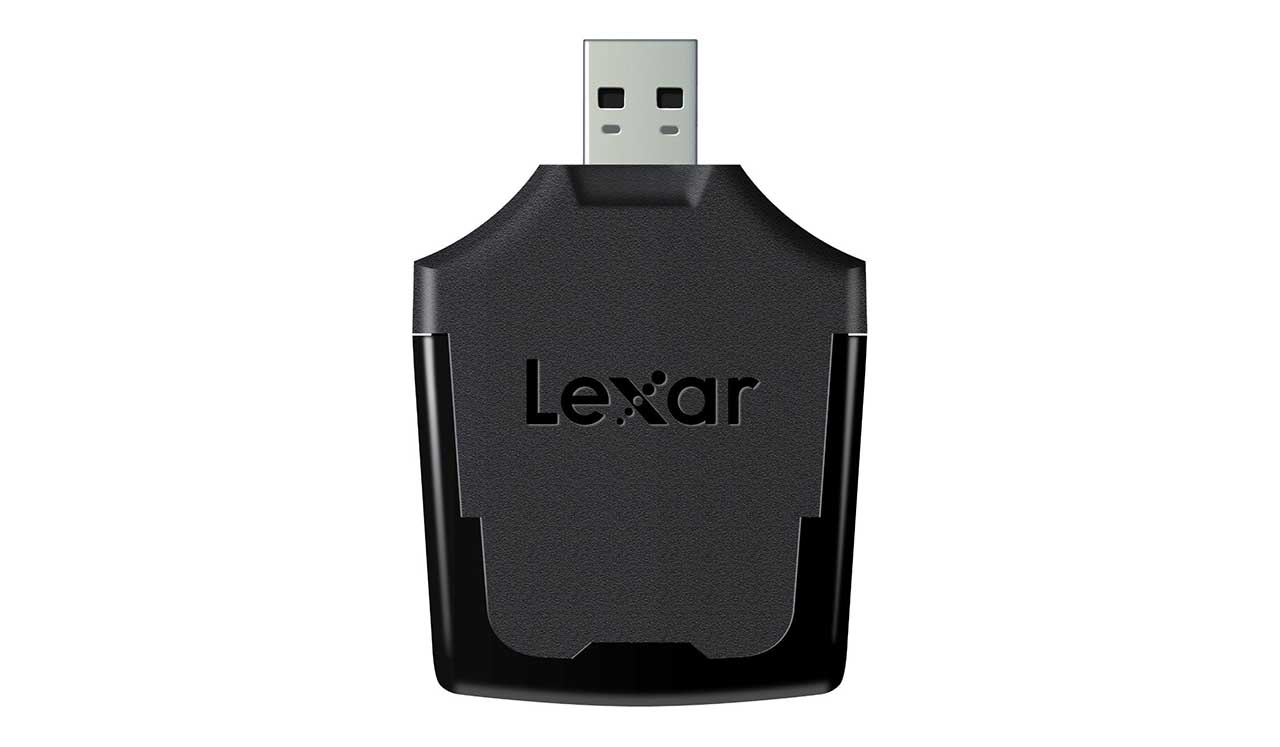
Lexar Professional XQD 2.0 Card Reader
- USB 3.0
- Compatible with all XQD 2.0 cards
Compatible with Mac OS X 10.6+, Windows 7/8/10, USB 3.0/2.0 port, Lexar’s Professional XQD 2.0 card reader is lightning fast. The reader is designed for 4K video capture or for recording or transferring large quantities of high-resolution raw images.
Its flip-up design helps keep dust from its inner parts, and it’s a great all-in-one tool given it can also read your SD cards and other memory.
